 |
| Junior rangers participate in wildlife conservation activities |
With an area of over 15.5 thousand hectares, rich flora and fauna, containing diverse gene sources of more than 1,200 species of animals and plants, up to now, BTSL still retains a large area of tropical evergreen closed forest, which is home to many rare species of birds and animals.
The BTSL area has many large mammals with global conservation value that have just been discovered in the world, such as the large-antlered muntjac, Truong Son muntjac, etc.; especially the habitat of the saola - one of the most mysterious animals in the world. The saola belongs to the group of antelope-like animals, also known as the Asian unicorn. The Red Book of the World Conservation Union (IUCN) and the Vietnam Red Book have identified the saola as a species with a very high risk of extinction in the wild.
Many conservation measures for saola in particular and wildlife in general have been implemented synchronously, actively and effectively by the BTSL. Among many measures, persistently staying in the forest, patrolling and monitoring to detect violations and removing animal traps are regular solutions. The BTSL has taken advantage of many programs and projects to effectively protect and manage wildlife species in the reserve.
Director of the BTSL Area, Mr. Nguyen Thanh informed that since the beginning of the year, the forest protection teams of the CarBi 2 project have organized 86 patrols with nearly a thousand days and nights, dismantling 66 illegally built camps in the forest, and removing 2,670 animal traps of all kinds. In particular, the forest protection teams have directly encountered 508 individuals of animal species such as red-faced monkeys, white-bellied black squirrels, common muntjacs, brown-shanked douc langurs, pangolins, crested pheasants, silver-cheeked weasels, wild boars, etc.
From the VFBC project's funding, the BTSL area carried out a camera trap placement campaign with 38 cameras, each camera spaced 2.5km apart, spread evenly throughout the reserve to record the presence of saola and other wildlife species. At the same time, a grid camera trap placement campaign was carried out with 54 trap locations in sub-areas 348, 349, 351.
BTSL also conducted a recall of system grid camera traps to analyze images of wildlife species through modern tools and equipment. The results recorded the presence of species such as black bears, common muntjacs, striped rabbits, palm civets, wild cats, wild boars, pig-tailed macaques, brown-shanked douc langurs, mahogany-breasted partridges, crested pheasants, white-throated guinea fowls, deer, etc.
Although since its first appearance, authorities and wildlife conservationists have not detected the reappearance of the saola, conservation measures have always been persistent. The forces always believe that this rare and endangered animal still exists in the BTSL. Because the conservation area is large, while the number of saola individuals is very rare, it is difficult to detect through camera traps and patrols.
However, the good news is that in the process of searching for the saola, the BTSL and other projects have discovered many wildlife species, including many rare species that still exist and live in the reserve. With the support of domestic and foreign projects, the BTSL is making efforts to preserve wildlife species and continue searching for the saola.
Since the beginning of the year, the BTSL has coordinated with Project CarBi 2 and schools to organize many activities of the junior forest ranger clubs to assess the awareness of students in the border areas of the BTSL. Thereby, organizing propaganda to raise awareness for students and people about measures to protect forests and wildlife species.
The VFBC project organized many community communication events in Khe Song village and Ho village, Duong Hoa commune (Huong Thuy town) with the theme "Risk of violating laws related to wildlife" and many communication events in Giong village, Chi Du Nghia village, Huong Nguyen commune; A Chi village, Huong Son commune; Ka Lo village, Karon - A Ho village, A Roang commune (A Luoi) with the theme "Reducing demand for wildlife consumption".
Communication activities aim to raise awareness and understanding among the community about the risks of violating the law from hunting, trading and consuming wildlife; at the same time, calling for community participation to join hands in conserving biodiversity and protecting natural resources.
Mr. Nguyen Thanh assessed that through communication activities, students and people in the buffer zone have a clearer understanding of the role and significance of wildlife species to human life. Although not completely resolved, the situation of hunting and consuming wildlife in A Luoi and the whole province in general has recently decreased significantly. Authorities and projects at home and abroad are actively supporting forest owners to completely end the situation of hunting and consuming wildlife in the province.
Mr. Le Ngoc Tuan, Head of the Provincial Forest Protection Department, informed that recently, wildlife protection measures have been systematically and effectively organized by relevant units through the active support of VFBC and CarBi 2 projects... The forest rangers have coordinated to patrol and control forests and wildlife consumption points. Thereby, many cases of hunting and consumption of wildlife and wildlife products at restaurants and eateries have been detected and handled. At the same time, many wildlife individuals, including many rare species, have been received, rescued and released into the natural environment.
Source



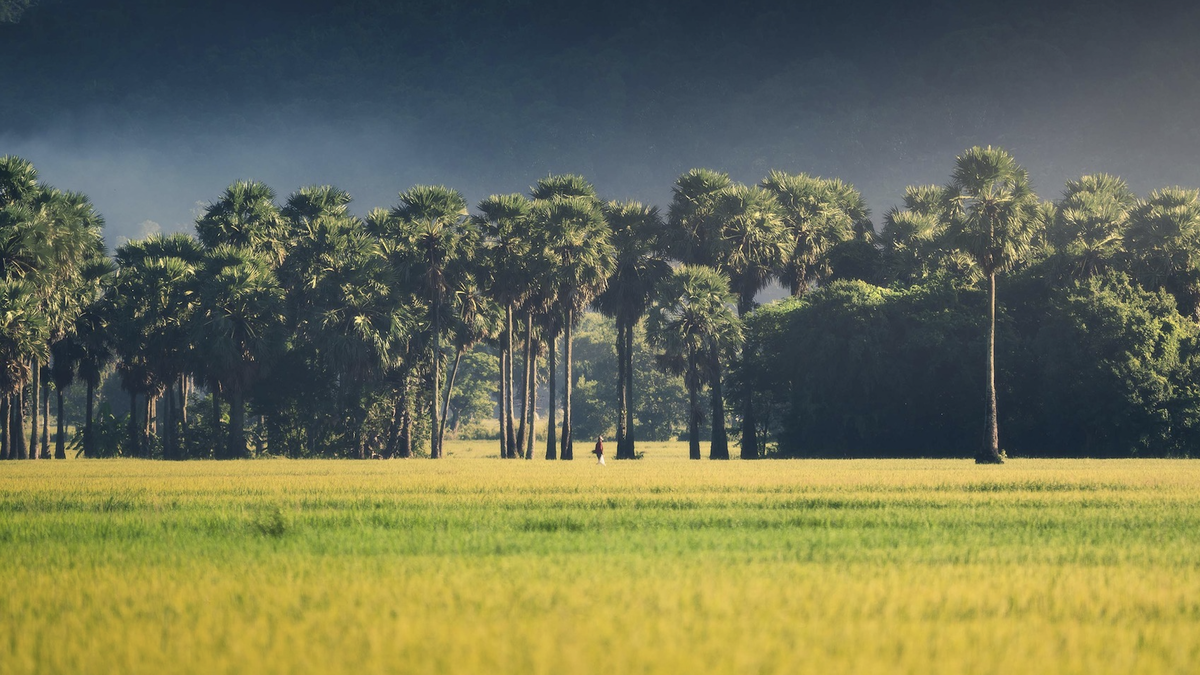
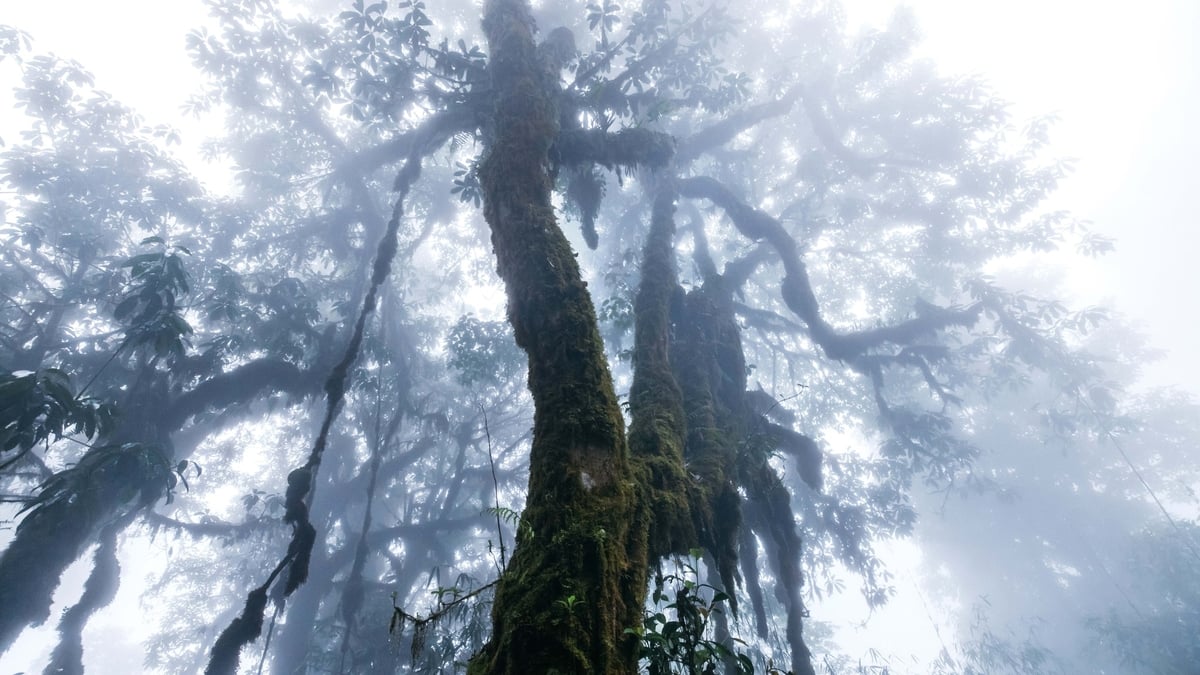
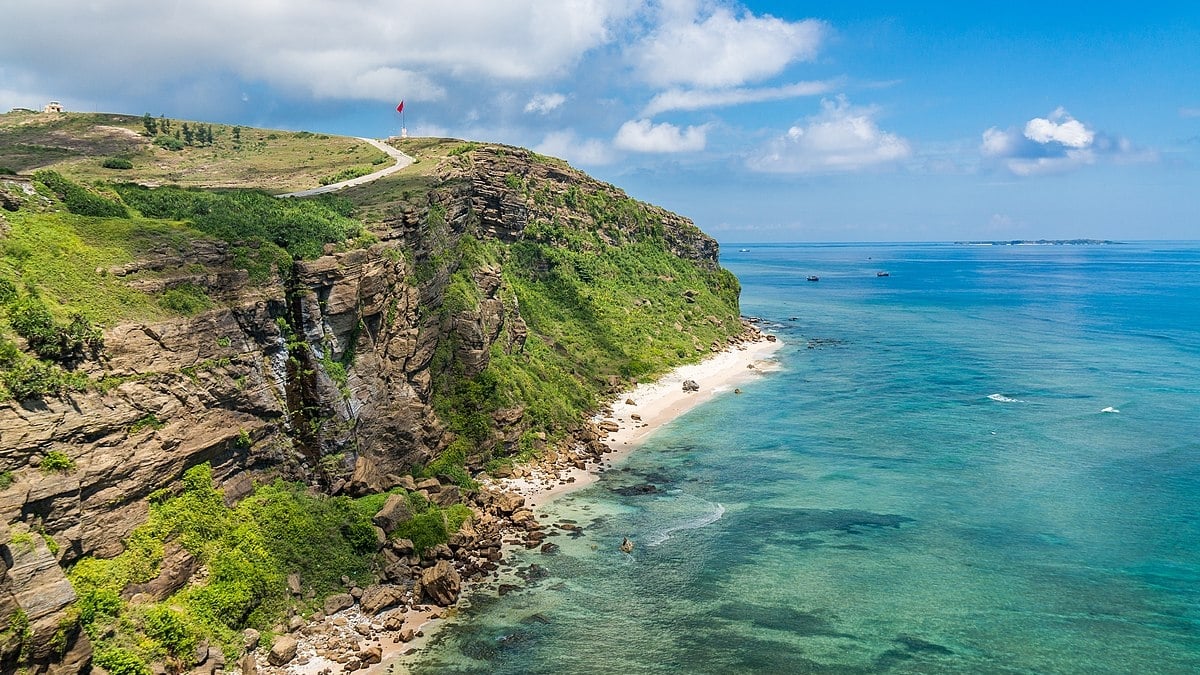

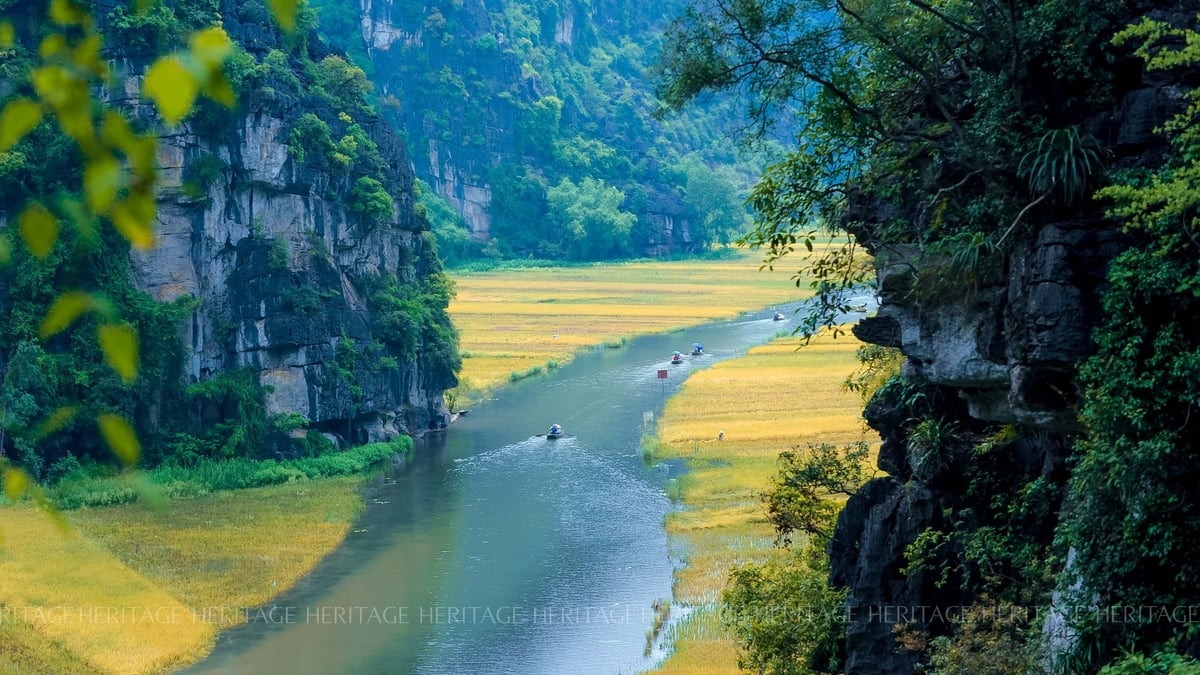
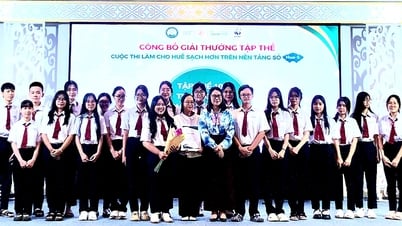

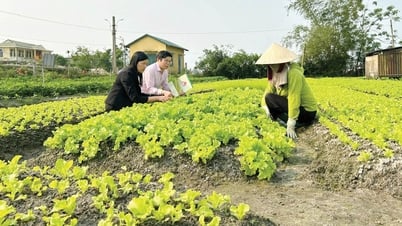

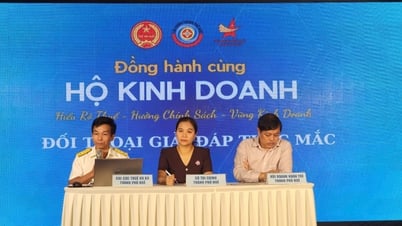







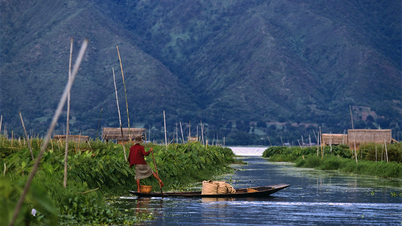




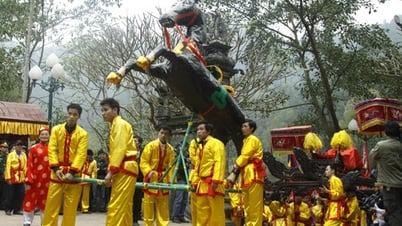

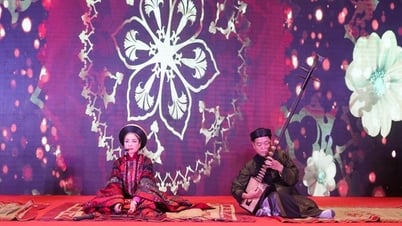


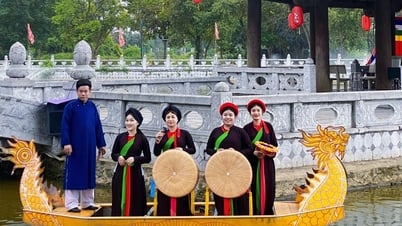

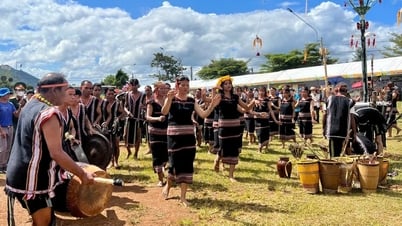

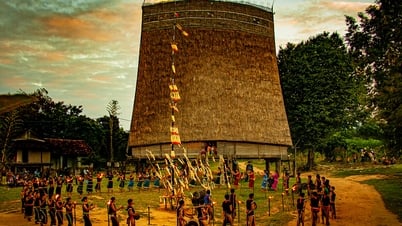







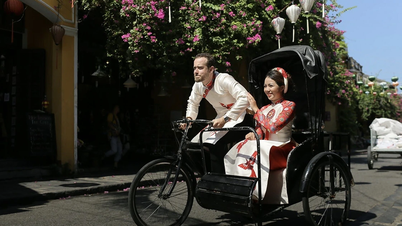





















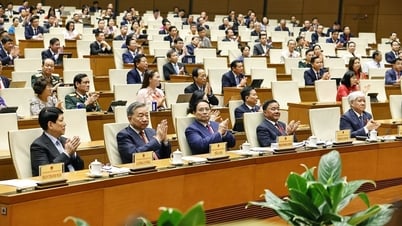























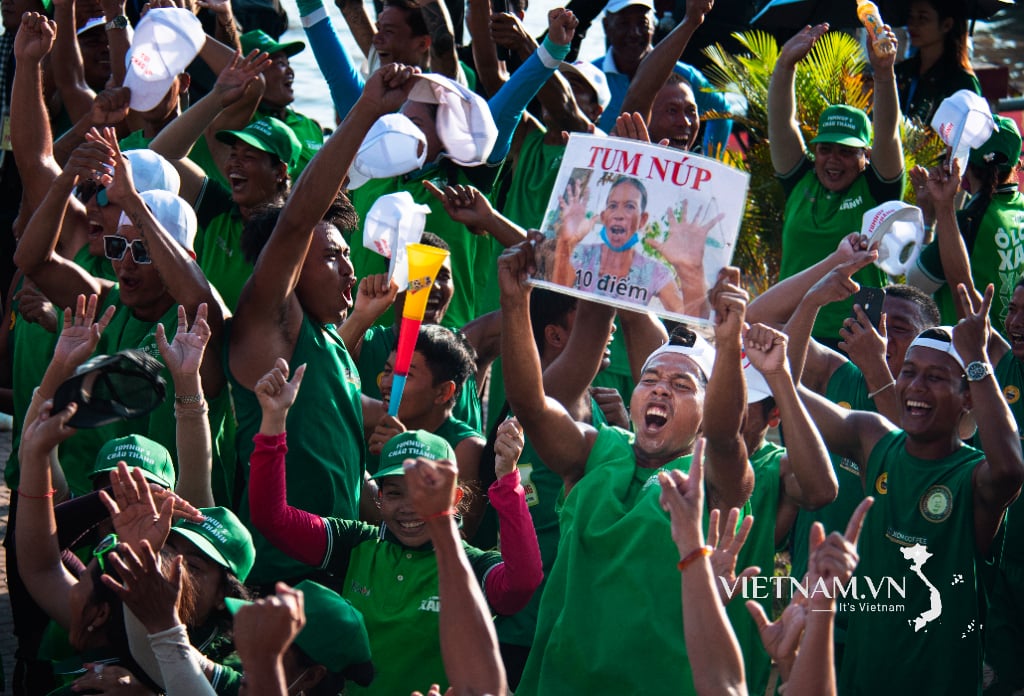
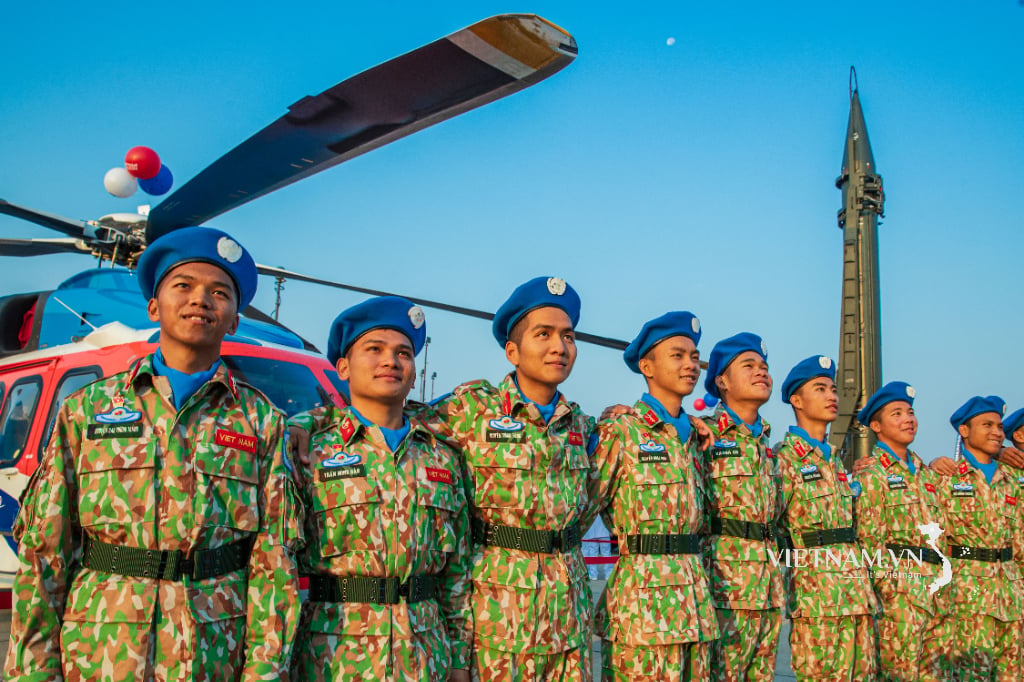

Comment (0)